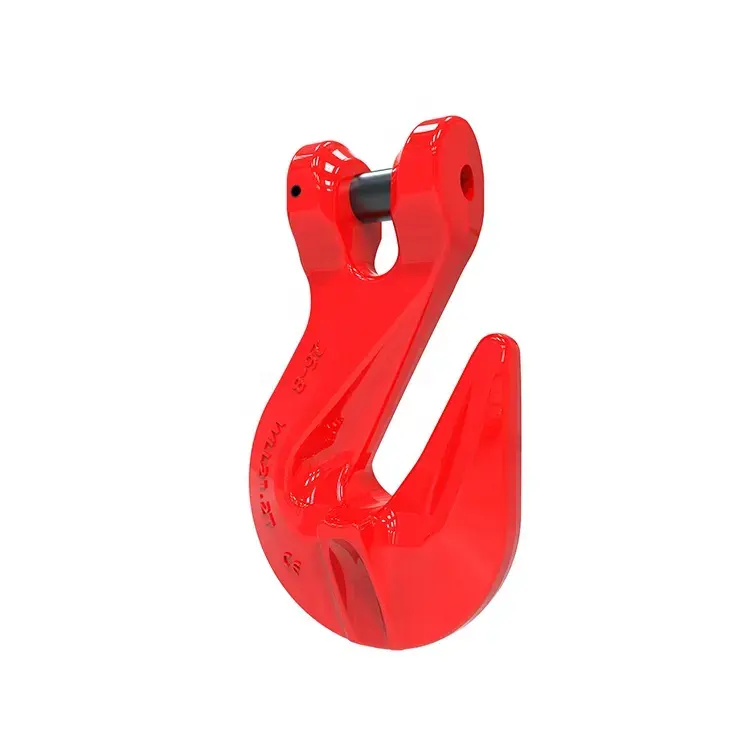News
Nov . 27, 2024 18:18 Back to list
Different Types of Turnbuckles and Their Manufacturing Techniques
Types of Turnbuckles and Their Applications in Various Industries
Turnbuckles are essential components used in rigging and construction to adjust the tension or length of ropes, cables, and stays. Their ability to provide precise adjustments makes them invaluable across a variety of industries including marine, construction, and even architecture. This article explores the different types of turnbuckles offered by manufacturers, their features, and where they are commonly used.
What is a Turnbuckle?
A turnbuckle consists of two threaded eye bolts or hooks attached to a central body. By turning the body, one can either tighten or loosen the tension in the connected cable or rope. Made from various materials like stainless steel, galvanized steel, brass, and plastic, turnbuckles cater to specific applications, ensuring durability and reliability.
Types of Turnbuckles
1. Hook and Eye Turnbuckles One of the most common types of turnbuckles is the hook and eye variety. These turnbuckles feature a hook on one end and an eye on the other, which allows for quick attachment to a variety of structures. Marines often employ this type due to its ease of use and quick disconnect capabilities.
2. Jaw and Jaw Turnbuckles In contrast to the hook and eye version, jaw and jaw turnbuckles feature jaws that provide a more secure connection. These are often used in applications where strong, durable connections are crucial, such as in suspension systems or heavy-duty rigging.
3. Eye and Eye Turnbuckles Eye and eye turnbuckles have loops on both ends and are primarily used for tensioning applications such as in cable assemblies or guy wire systems. Their design allows for an even tension distribution, making them ideal for structural elements like bridges or towers.
4. Closed Body Turnbuckles This design features a closed body, which provides additional strength and protection against corrosion, making them suitable for harsh environments such as offshore construction.
5. Open Body Turnbuckles Open body turnbuckles are more lightweight and allow for easier adjustment in tension. They are perfect for applications with less stringent safety requirements.
types of turnbuckles manufacturer

6. Adjustable Turnbuckles These turnbuckles are designed with features that allow for adjustments without removing the component, making them suitable for applications that require frequent tension adjustments.
7. Specialty Turnbuckles Manufacturers often provide specialty turnbuckles for specific applications, such as marine turnbuckles designed to withstand corrosion from sea water or high-tension turnbuckles built to manage the forces in power transmission lines.
Material Considerations
The choice of material is vital as it impacts the durability and strength of a turnbuckle. Manufacturers generally offer turnbuckles in the following materials
- Stainless Steel Known for its resistance to rust and corrosion, stainless steel is the preferred material for marine applications. - Galvanized Steel This material offers a protective zinc layer, making it suitable for outdoor use. - Brass Often used for lighter applications, brass turnbuckles are known for their aesthetic appeal. - Plastic and Composite Materials These are used in applications where weight savings are critical, and non-conductivity is required.
Applications in Various Industries
1. Construction Turnbuckles are crucial in ensuring that cables and support systems remain taut, which is essential for structural integrity. 2. Marine In the boating industry, turnbuckles are commonly used to tension rigging, ensuring masts and sails are correctly supported. 3. Telecommunications Utility companies utilize turnbuckles to maintain the tension in power lines and communication cables. 4. Architecture Innovative architectural designs often integrate turnbuckles for their sleek appearance and functional capacity in maintaining tension in structural frameworks.
Conclusion
Turnbuckles are versatile tools that significantly enhance the efficiency and safety of various applications. With different types available to meet specific needs, manufacturers continue to innovate and produce turnbuckles made from materials that enhance their functionality and longevity. Understanding the types and applications of turnbuckles is vital for anyone involved in construction, marine projects, telecommunications, or any field that utilizes cables and tensioning systems. By choosing the right type and material, you can ensure that your project will have the strength and reliability required for long-term success.
